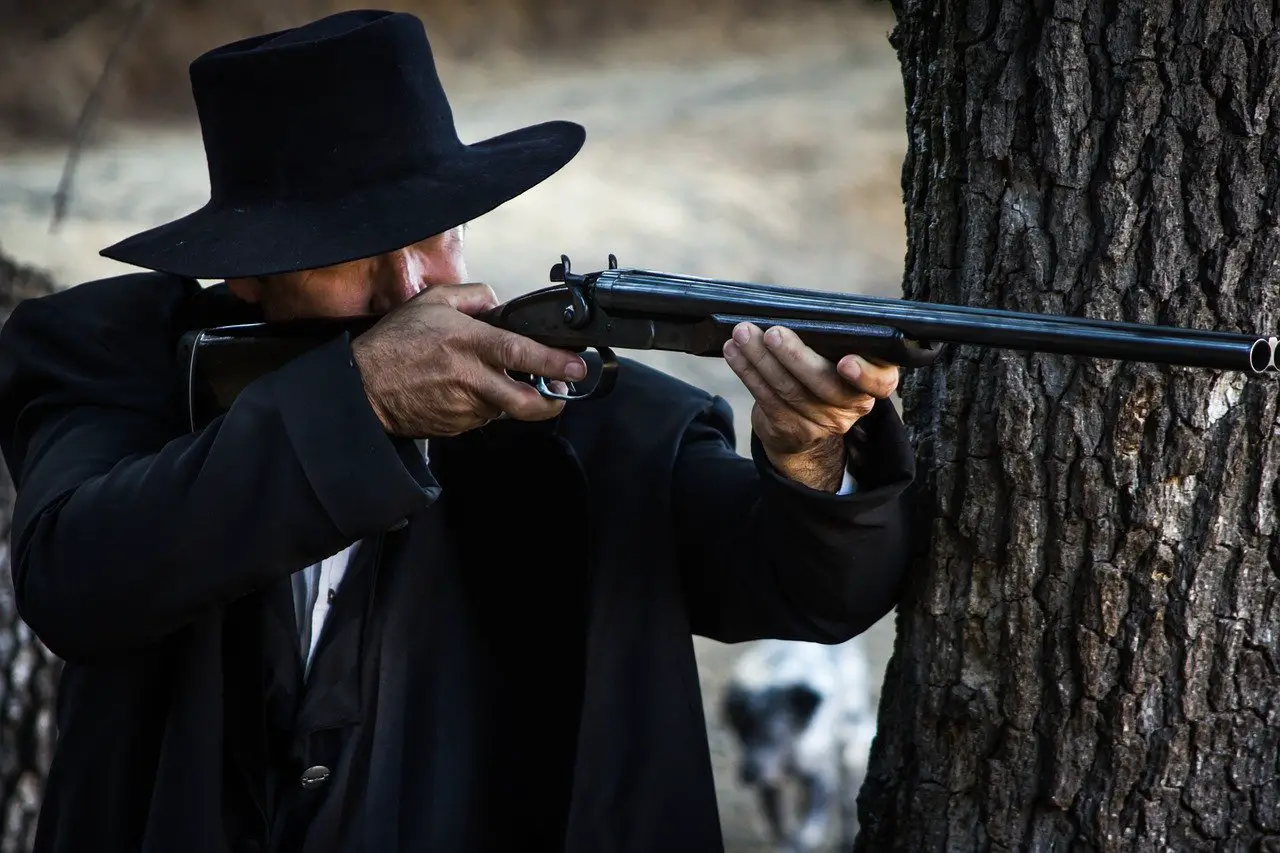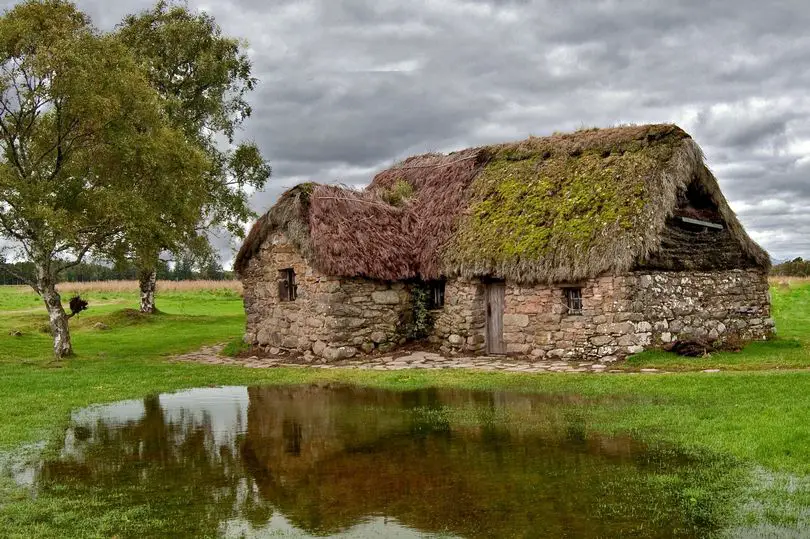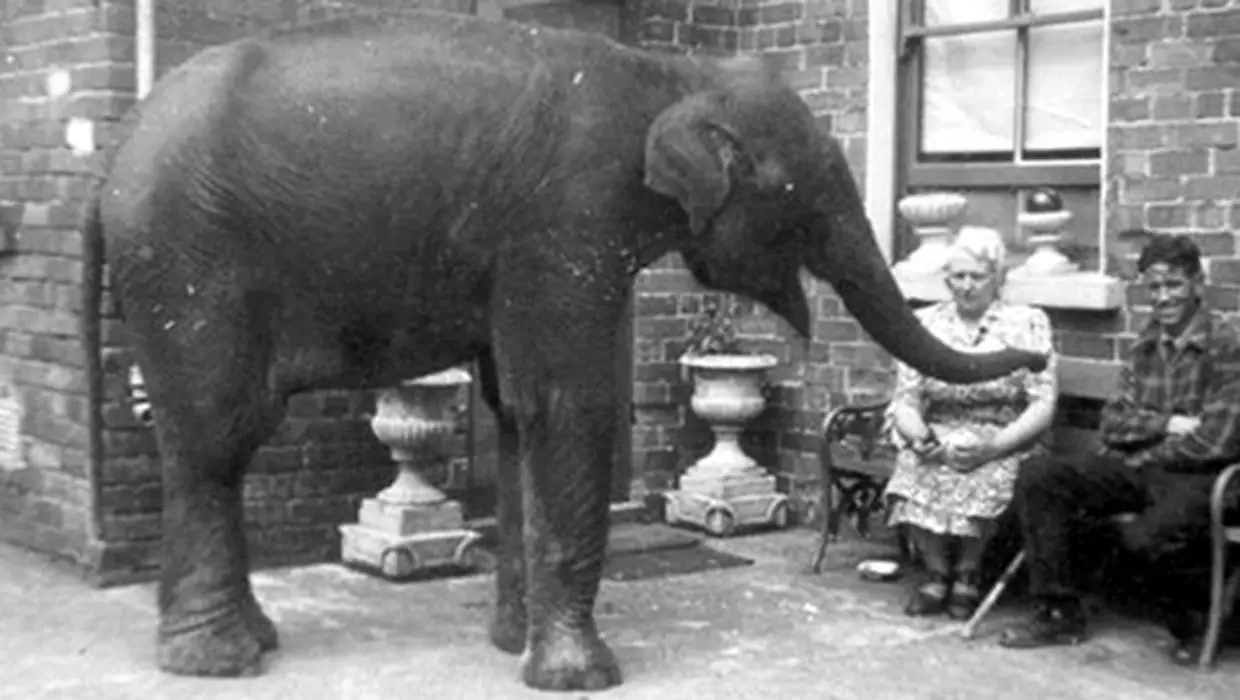An elderly gentleman in traditional Kurdish dress lies on the floor, next to a wall. His jamadani scarf is covering his face and his arms are wrapped around a small child.
The child’s face is angelic. He looks like he is in a deep slumber. But the man, Omar Khawar and his little grandson are not sleeping.
They are dead. Murdered in a cruel chemical attack on March 16th 1988 when Saddam Hussein and his Ba’athist regime attacked the Kurdish population of Halabja in Iraqi Kurdistan.
Contents
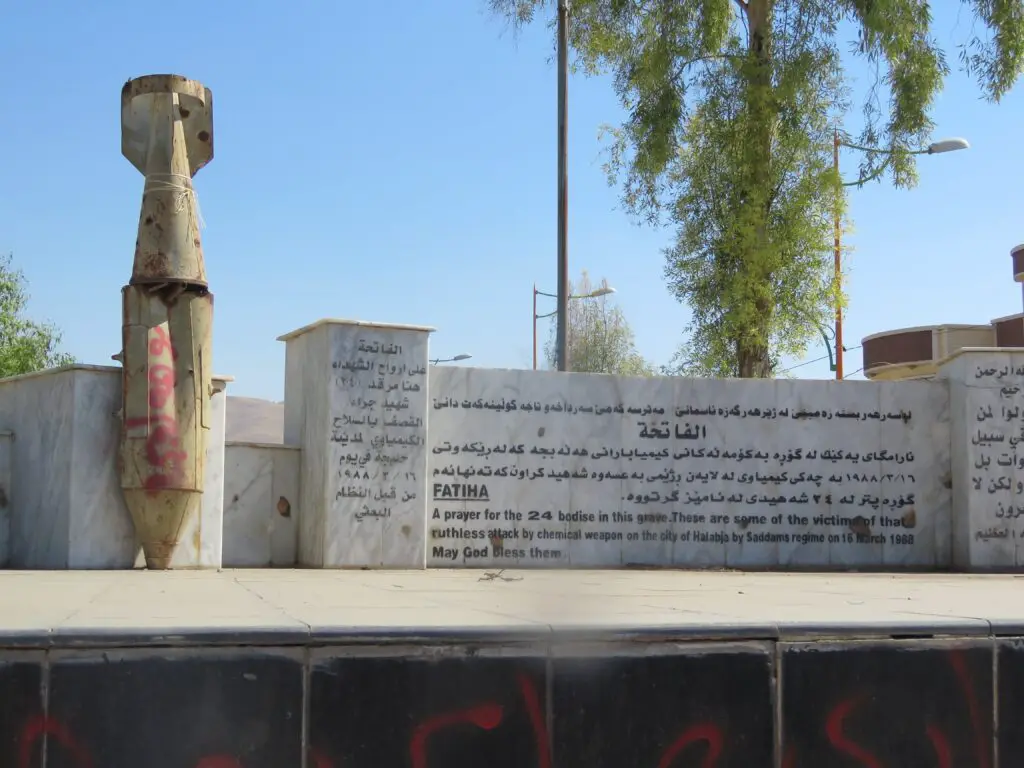
Bombing
The attack started with a pre-bombardment which blew out doors and windows, causing the local civilians to seek shelter underground.
Then the gas came. A lethal concoction of cyanide, mustard gas, and the deadly nerve agent sarin was unleashed on the innocent people of this rural, farming town.
Around 5000 people perished instantly. Mothers died cradling their babies, brothers died holding their sisters. Their skin burned and blistered, they were blinded, they vomited, gasping for air with broken lungs.
Survivors told of the smell of apples, the typical scent of poisonous, deadly gas. An exact body count is unknown as the dead were hastily buried in mass graves.
Thousands more were injured or suffered long-term health effects.
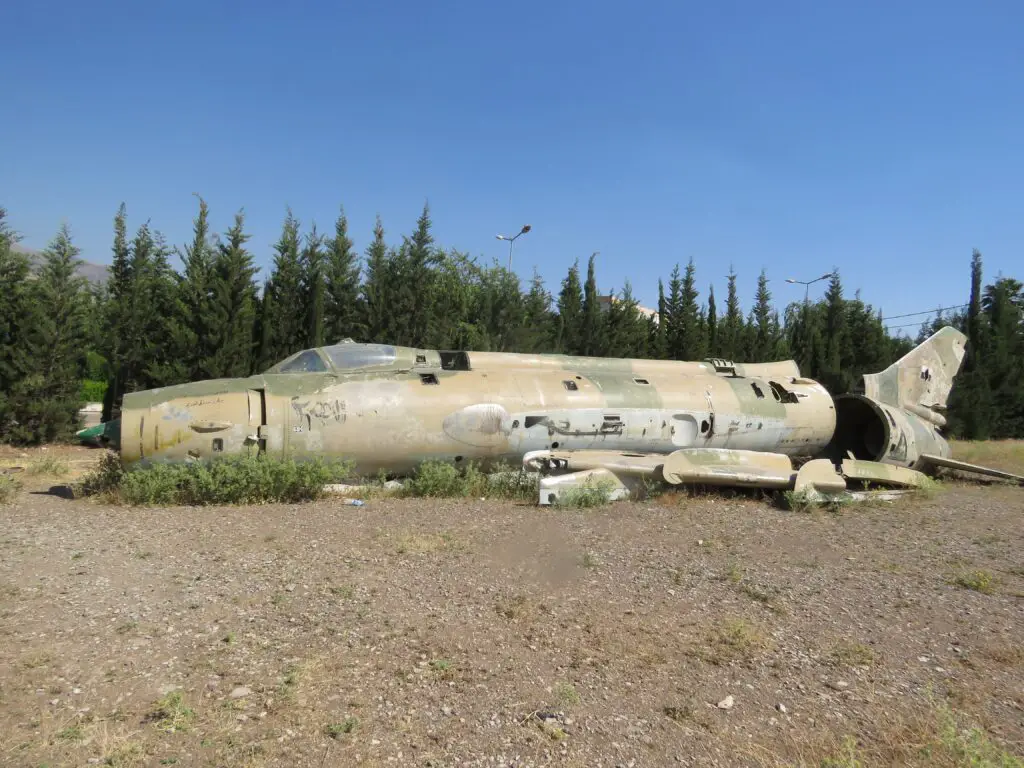
Respiratory diseases, physical deformities, cancer, blindness and eye problems, along with miscarriages, stillborn babies, infertility and birth defects are all ongoing problems even to this day. But there are also many cases of suicide due to anxiety, depression and PTSD.
Eye Witness
Many children were displaced in the confusion. Injured children were evacuated to hospitals in Iran, never to see their families again. Entire families were wiped out. The town of Halabja was changed forever.
Halabja today serves as a lasting memorial to the atrocity. On the outskirts, a huge memorial, the ‘Monument to the Halabja Martyrs’ rises above the town, standing as a symbol of civilian suffering.
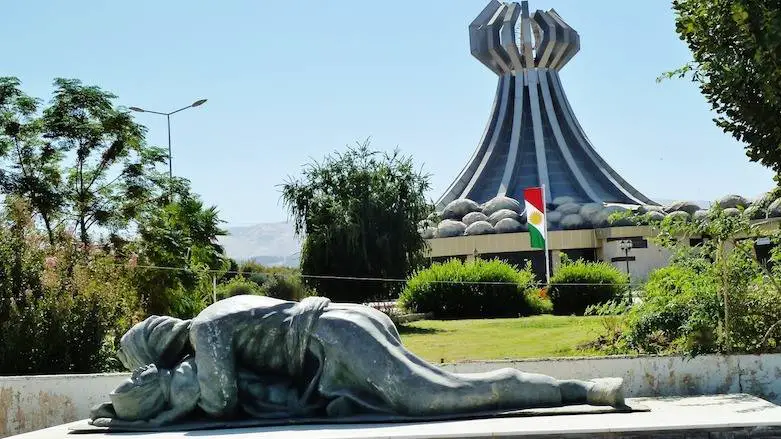 ‘Monument to the Halabja Martyrs’. The ‘silent witness’ sculpture representing the tragic image taken of Omar Khawar, a Kurdish father, holding his baby in his arms in Halabja, northeastern Iraq. Both were killed in an Iraqi chemical attack on the city. Photo Credit: Halabja Monument Garden
‘Monument to the Halabja Martyrs’. The ‘silent witness’ sculpture representing the tragic image taken of Omar Khawar, a Kurdish father, holding his baby in his arms in Halabja, northeastern Iraq. Both were killed in an Iraqi chemical attack on the city. Photo Credit: Halabja Monument Garden
Iconic
The four hands clasping a Kurdish flag symbolize the four areas of Kurdistan ~ Iraq, Iran, Syria and Turkey, united in solidarity. A statue nearby based on the iconic photograph of Omar Khawar and his little grandson has become a more sombre tribute to the dead.
The museum beneath the monument commemorates the dead with photos and artefacts of the genocide. The footage and photos taken in the aftermath of the atrocity are harrowing.
In a field next to the memorial, an array of tanks, armoured vehicles, field guns and a jet, a Sukhoi SU22, similar to the ones that bombed Halabja, lie rusting on the scorched earth.
Bees seek out the occasional flower while lizards scurry underneath the vehicles, seeking solace from the relentless sun.
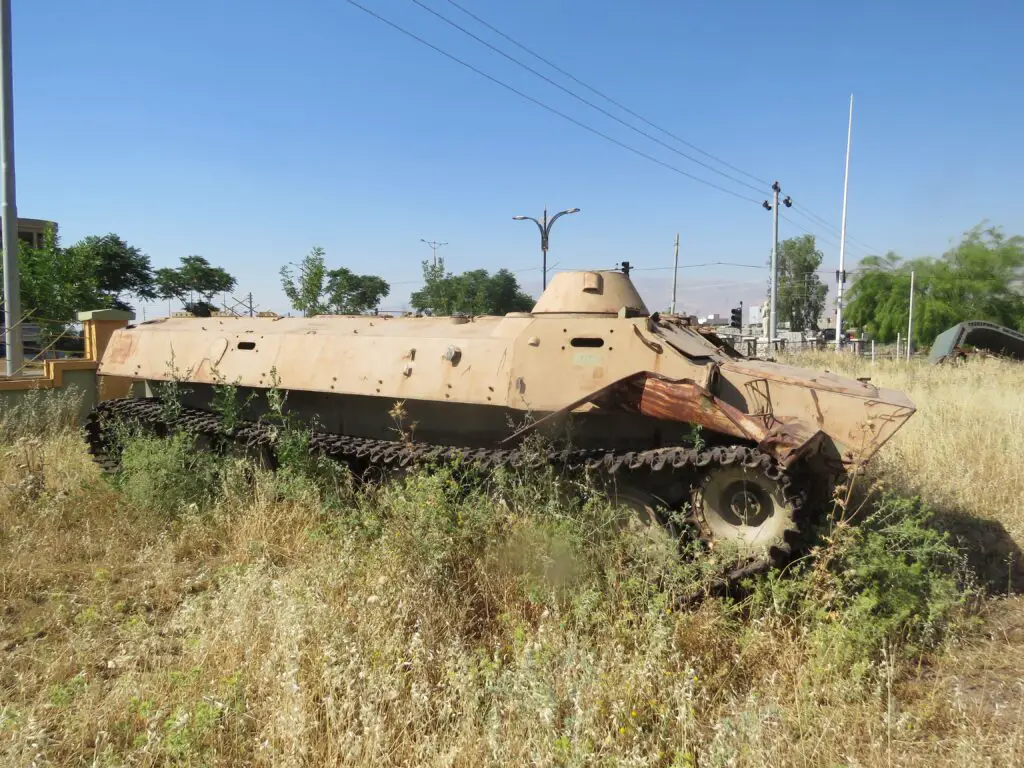
Abandoned
The rusting relics, which are slowly being overgrown by weeds, reminders of a bygone, harsh regime. In the town itself are three mass graves where victims of the genocide are buried. Countless others are still missing.
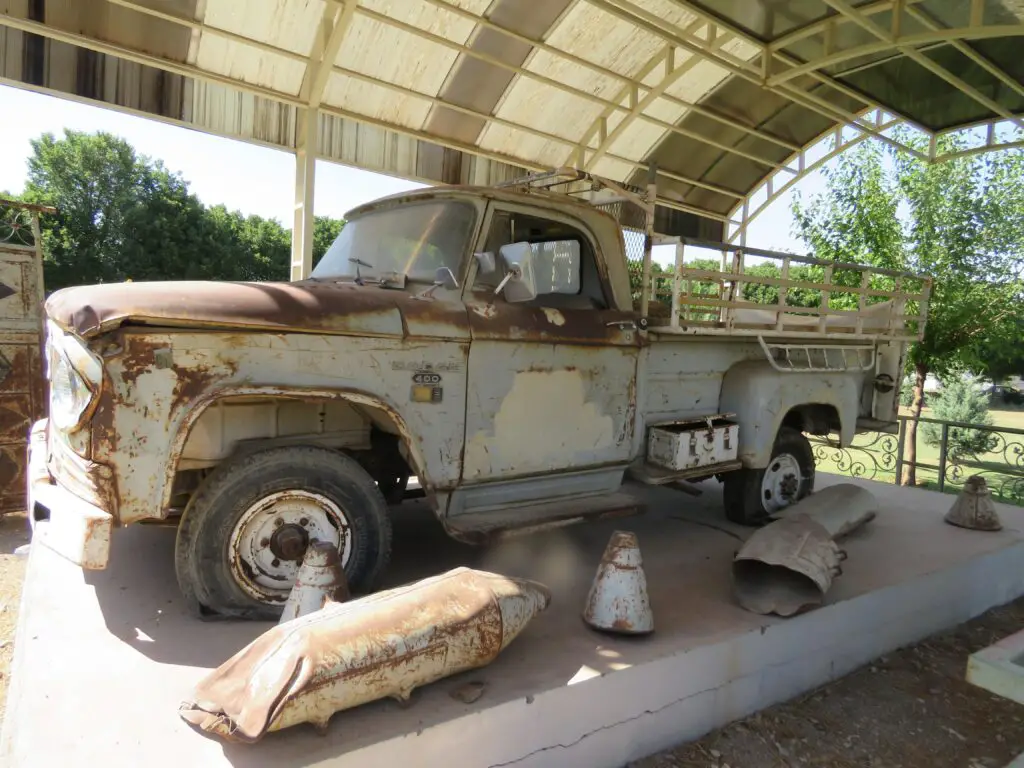
Whole Families
A ‘symbolic’ cemetery nearby lists the names of each family who died on hundreds of gravestones. Some gravestones have one name, others have five or six names where entire families perished.

Signs at the cemetery entrances state in Kurdish, Arabic and English ‘Not allowed for Bathesm to enter.’ In the aftermath of the attack, there was much confusion. Zmnako Muhammad Ahmad was three months old when the town was bombed and his parents were killed.
Evacuated to Iran and adopted by a widowed nurse he was brought up as her own. She had told the little boy that he was a Halabja baby and , when she died in a car accident when he was 17, he went back to find any remaining family.
He found out that he was the only surviving child of four brothers and one sister and even found his name on the family grave marker, as it was assumed that he too, had perished.
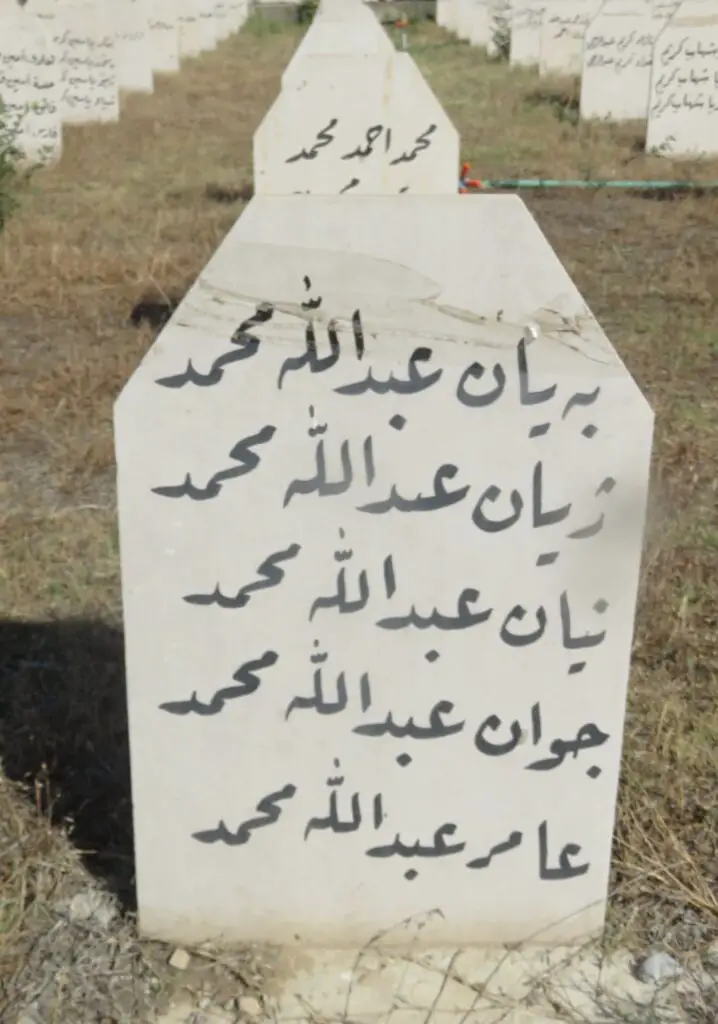
Did She Find Her Family?
Maryam was another child evacuated to Iran. As an adult she too wanted to find out who her family were. A team of scientists tried to locate missing children with the help of DNA testing, some of which was done in the UK.
In a somewhat bizarre reality TV show the results were announced live. Maryam discovered that although her father had died, her mother and brother were still alive and they were reunited as a family after all those years. Her real mother had assumed that Maryam had been killed in the chemical attack.
The area around Halabja is beautiful. There are crystal clear rivers and waterfalls which tumble down from the imposing mountains. But it is feared that traces of poison from the gas attack may still be found in water, air and food.
Another Article From Us: The Fate of One of Germany’s Elite
The smell of apples will always remind the inhabitants of the slaughter that took place there.
The Kurdish people were promised their own state after the Great War. That promise was broken.
While the Kurds in Iraq have an autonomous region they still remain one of the largest stateless diasporas in the world. I hope that someday that will change.
________________________________________________________________________________
Suzanne Make – Military history enthusiast, explorer, adventurer, taphophile, amateur photographer and lover of good ale. And you can follow Suzanne’s Facebook page here My Western Front Photographs
